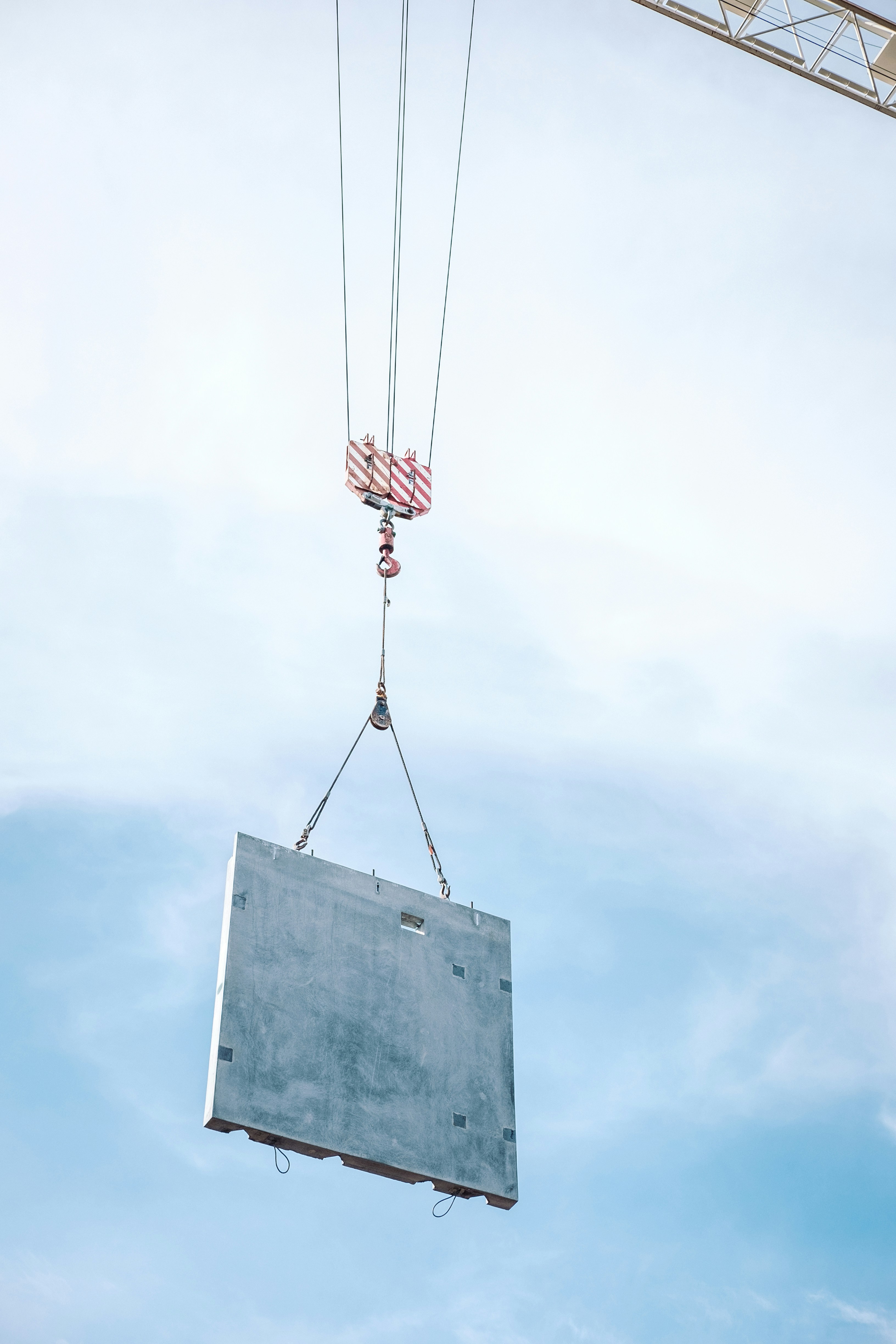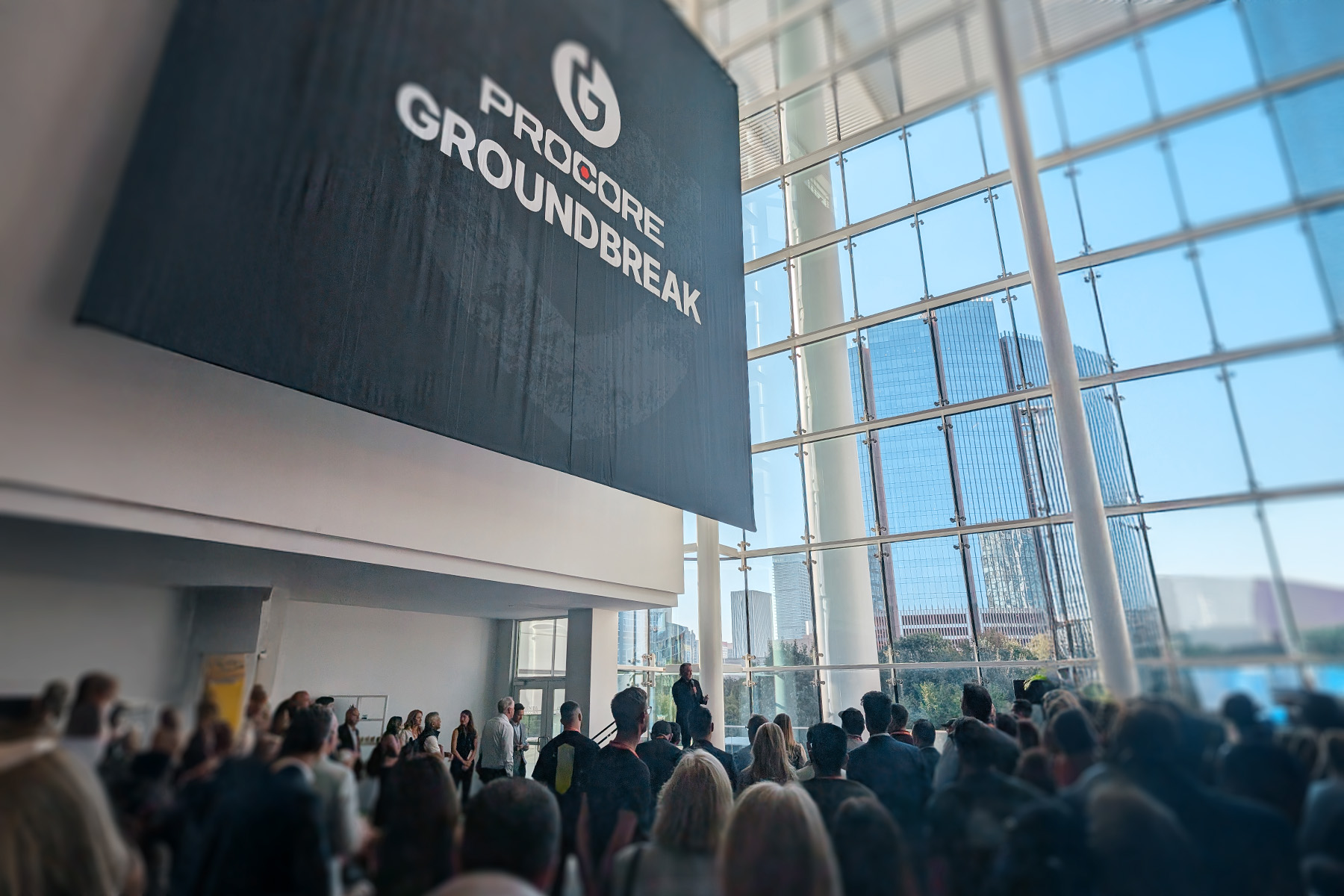The construction industry is witnessing a significant shift with the rise of modular and prefabricated construction. Once known merely for its role in creating low-cost, repetitive building designs, modular construction is now merging with the world of custom design/build, offering new possibilities for personalization along with its traditional benefits of efficiency and sustainability. This post explores how modular construction compares to traditional custom building and examines innovative ways modular elements are being integrated into custom projects.
Modular vs. Custom Building
Efficiency and Speed
Modular construction involves constructing sections or modules of a building off-site in a controlled factory environment. These modules are then transported to the construction site and assembled. This process drastically reduces construction time, as site preparation and module construction can occur simultaneously. Traditional custom building, on the other hand, involves a more linear process, which can be time-consuming and subject to delays due to weather or other onsite challenges.
Cost-Effectiveness
Modular construction can often be more cost-effective than custom building. The controlled factory environment reduces waste and allows for bulk purchasing of materials, which lowers costs. Additionally, the shorter construction timeline reduces labor costs. However, custom building typically incurs higher costs due to its labor-intensive nature and the unique customization of materials and design.
Quality Control
The factory setting of modular construction allows for greater quality control during the building process. Factory tools and processes can ensure that each module meets strict standards before arriving on-site. Custom building, while highly personalized, can vary in quality based on the skills of individual contractors and external conditions.
Sustainability
Modular construction is generally more environmentally friendly. The precision in a factory setting reduces waste, and the speed of the build process lessens the environmental impact on the building site. Custom builds, while they can incorporate eco-friendly materials and technologies, typically have a larger environmental footprint due to extended construction times and potential for material waste.
Customization in Modular Construction
While modular construction was once limited to cookie-cutter designs, advancements in technology and design have expanded its capabilities. Here are some ways modular is being used in custom design/build:
Hybrid Projects
Many architects and builders are now using modular construction in conjunction with traditional building methods to create hybrid designs. For instance, the core structure of a home might be built using modular pieces, while custom features and finishes are added on-site, allowing for personalized design without compromising the efficiency of modular construction.
High-Quality Materials and Finishes
Today’s modular construction can incorporate a variety of materials and high-end finishes that rival those used in custom building. From luxury flooring options to custom cabinetry, the range of choices allows homeowners to tailor their spaces to their exact preferences.
Architectural Flexibility
With advances in 3D modeling and architectural software, modular construction can now accommodate more complex designs and varied architectural styles. This flexibility means that modular buildings can stand alongside custom-built structures in aesthetics and functionality.
Integration of Smart Home Technology
Modular units can be equipped with smart technology during the manufacturing process, seamlessly integrating systems for energy management, security, and home automation, which might be more cumbersome to install in a traditional build.
Conclusion
As modular and prefabricated construction continues to evolve, its integration into the realm of custom design/build projects is transforming perceptions of this once standardized building method. With benefits like reduced cost, increased speed, and enhanced sustainability, modular construction offers a compelling alternative to traditional custom building, especially when combined with the endless possibilities for customization.











